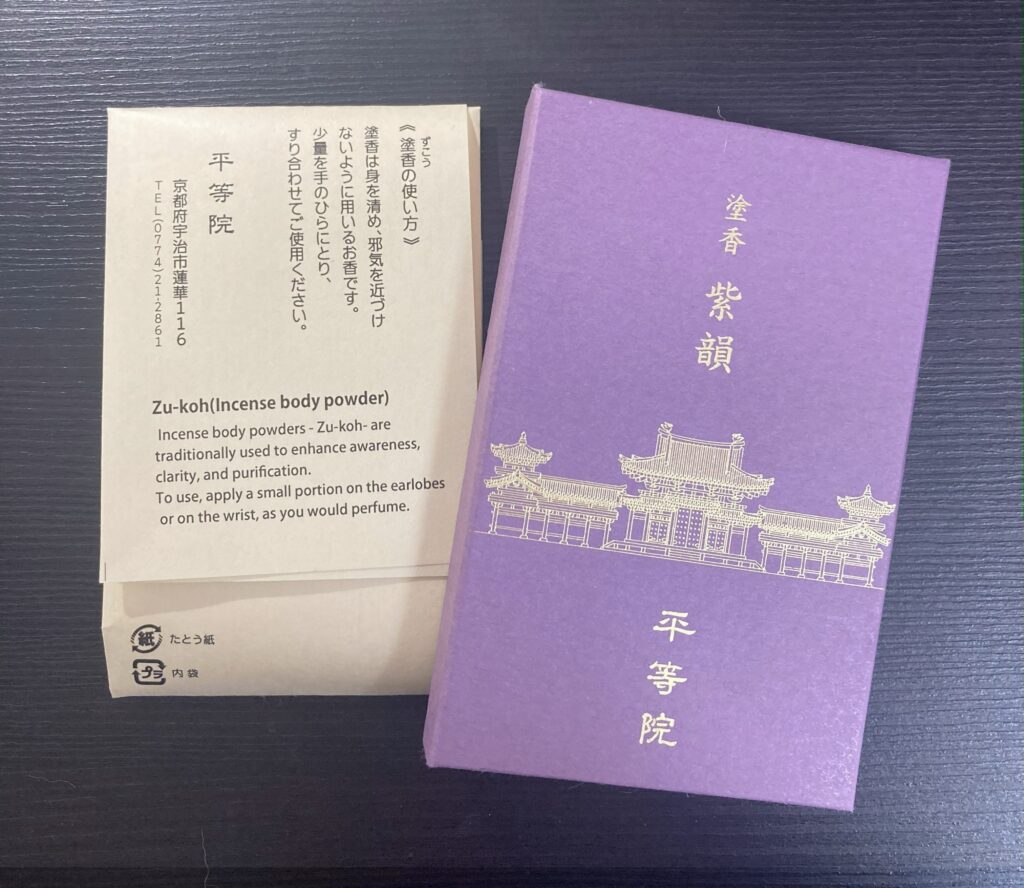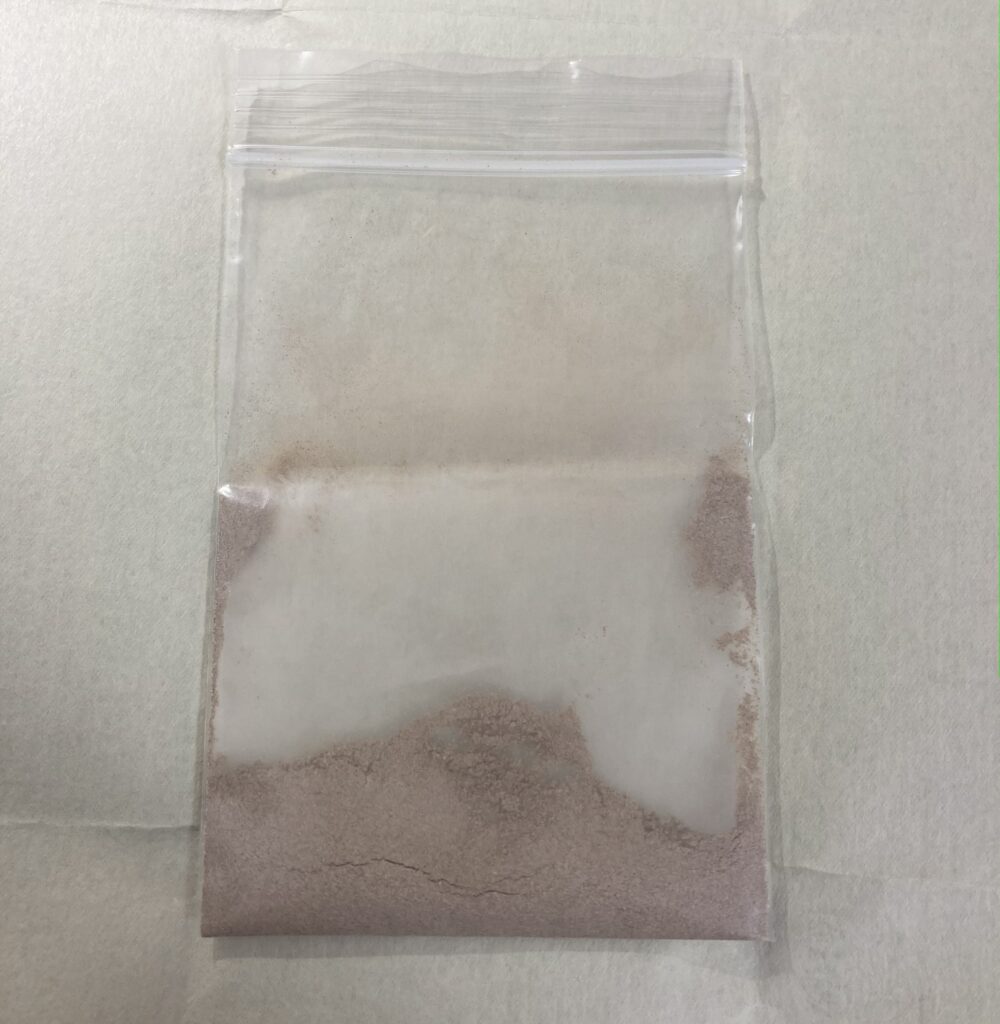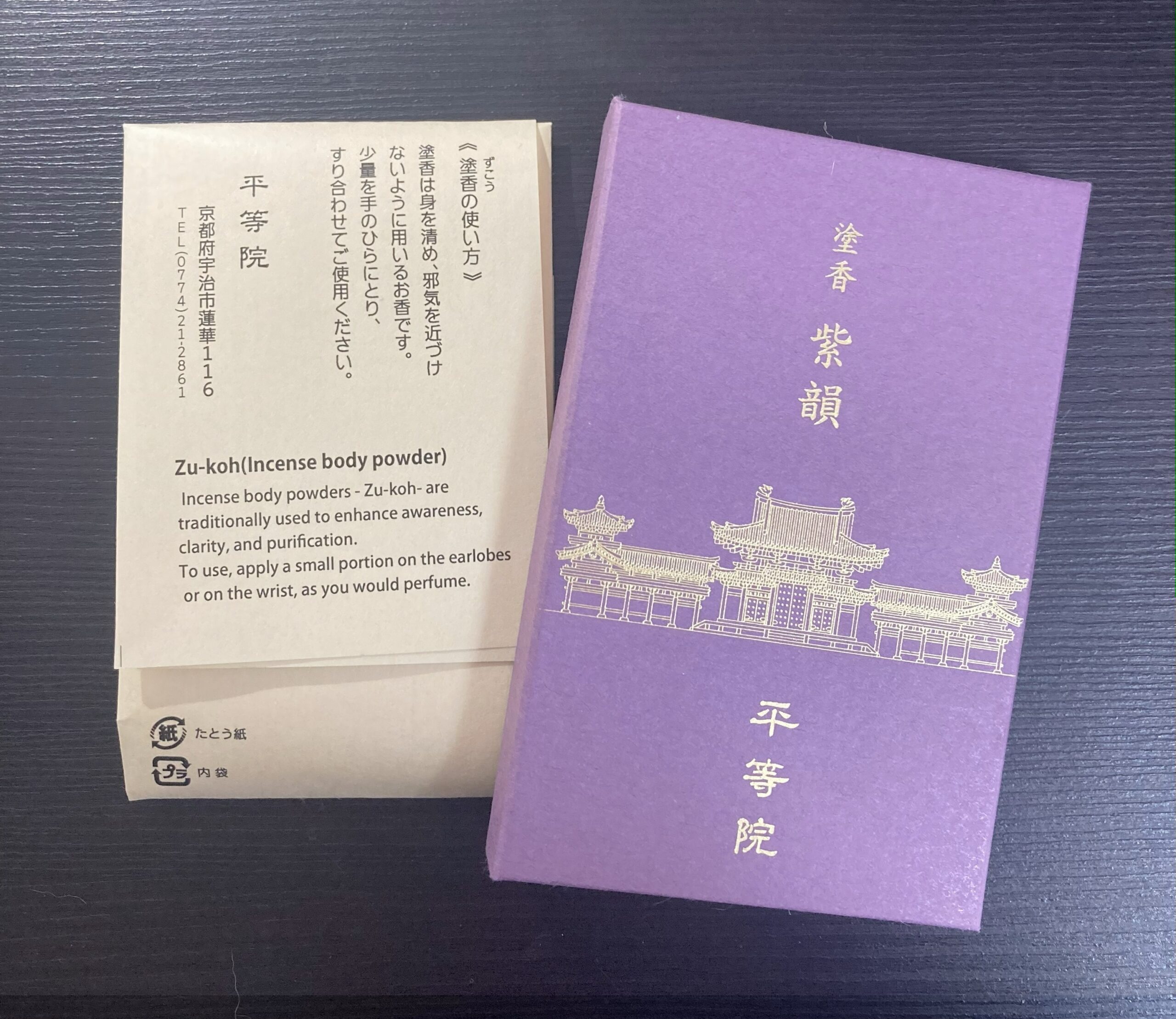Hello there! Have you ever heard of “zukou” (塗香) – Japan’s fascinating tradition of powder incense that you can actually apply to your body? If this sounds completely foreign to you, don’t worry – I had never heard of it either until a friend recently brought me this unique souvenir that opened my eyes to an entirely new world of Japanese aromatherapy!
- My First Encounter with Zukou: An Unexpected Gift
- What Exactly Is Zukou? Understanding Japan’s Powder Incense
- The Art Behind Byodo-in’s Original Zukou Blend
- Decoding the Complex Fragrance: Understanding Each Ingredient
- How to Use Zukou: Traditional Methods and Modern Applications
- My Personal Experience: Living with Zukou
- Perfect for Japanese Fragrance Enthusiasts
- Where to Find Zukou: Shopping and Availability
- The Cultural Significance: Why Zukou Matters
- Modern Applications: Bringing Ancient Wisdom into Contemporary Life
- Safety Considerations and Best Practices
- Final Thoughts: Why Zukou Deserves Your Attention
- Want to Learn More About Zukou?
My First Encounter with Zukou: An Unexpected Gift
Picture this: I received a small package from my friend, and even before opening it, the most incredible fragrance was already filling the air. The scent was so captivating that I knew immediately this wasn’t just any ordinary gift. Inside was something called “zukou” from the famous Byodo-in Temple – and honestly, I was completely intrigued by this mysterious powder incense I’d never encountered before.
The moment I opened that little package, I was transported into a world of complex, rich aromas that seemed both ancient and surprisingly modern at the same time.


What Exactly Is Zukou? Understanding Japan’s Powder Incense
Let me explain what makes zukou so special and different from the stick incense you might be familiar with.
Zukou (塗香) is a traditional Japanese powder incense that serves multiple spiritual and practical purposes:
- Sacred offerings: Buddhist practitioners use it as offerings to Buddha statues and altars
- Body purification: People apply it directly to their skin for spiritual cleansing
- Protection ritual: It’s believed to ward off negative energy and evil spirits
- Meditation aid: The aromatic experience enhances spiritual practices

Think of zukou as Japan’s answer to sacred oils or blessing waters found in other cultures – but in convenient, portable powder form!

The Art Behind Byodo-in’s Original Zukou Blend
The zukou I received came with detailed information about its ingredients, and what fascinated me most was learning about the sophisticated blend of traditional medicinal and aromatic herbs used in this particular formula.
According to the official description, this Byodo-in original zukou contains:
- Choji (丁子) – Japanese cloves
- Byakudan (白檀) – Sandalwood
- Keihi (桂皮) – Cinnamon bark
- Ryuno (竜脳) – Borneol camphor
The result? A “rich, sweet fragrance with depth and complexity” that’s absolutely unlike anything I’ve experienced before. Let me break down what each of these ingredients contributes to this remarkable scent profile.
Decoding the Complex Fragrance: Understanding Each Ingredient
Choji (Cloves) – The Spicy Foundation
Scent characteristics: Sharp, spicy, and stimulating with subtle sweetness
What it brings: That immediate “wake-up call” sensation that clears your mind and provides an energizing kick. In traditional Japanese aromatherapy, cloves are used to sharpen focus and create alertness.
Byakudan (Sandalwood) – The Calming Heart
Scent characteristics: Sweet, soft, woody, and deeply soothing
What it brings: The peaceful, meditative quality that makes sandalwood precious in Buddhist traditions. This ingredient provides the calming foundation that balances the sharper elements.
Keihi (Cinnamon) – The Warm Embrace
Scent characteristics: Sweet, spicy, and comfortingly warm
What it brings: That familiar, welcoming warmth that makes the blend approachable. When combined with sandalwood, it creates a wonderfully balanced woody-sweet harmony.
Ryuno (Borneol) – The Purifying Element
Scent characteristics: Cool, sharp, refreshing, and crystal-clear
What it brings: The “cleansing” sensation that ancient practitioners believed purified both body and spirit. This ingredient adds transparency and depth to sweeter base notes.
Can you imagine how all these different elements work together? It’s honestly difficult to describe – like trying to explain a symphony using only words!
How to Use Zukou: Traditional Methods and Modern Applications
The beauty of zukou lies in its versatility. Here are the traditional ways people use this remarkable powder incense:
Traditional Body Application
- Palm method: Take a small amount in your palm, rub your hands together to release the fragrance, then gently pat or rub onto your body
- Direct application: Apply small amounts to pulse points like wrists, behind ears, or on the back of neck
My Personal Experience: Living with Zukou
I must confess something here – I haven’t actually tried applying the zukou to my skin yet! The reason? I have a cat at home, and I want to make sure the ingredients are completely safe for my furry companion before experimenting with direct use.
However, I’ve discovered an absolutely wonderful alternative use. I keep the zukou package in my storage box, and every time I open it, I’m greeted with this incredible, complex fragrance that instantly lifts my mood. It’s become my secret weapon for turning mundane moments into small aromatherapy sessions!
The scent is so unique and sophisticated that I find myself thinking, “This is what centuries of Japanese incense-making tradition smells like.” There’s something deeply satisfying about experiencing an authentic cultural practice through scent.
I’m saving the actual body application experience for a special moment – perhaps when I feel I need that spiritual cleansing and protection from negative energy that zukou traditionally provides.
Perfect for Japanese Fragrance Enthusiasts
If you’re someone who appreciates authentic Japanese scents – the kind you might encounter in traditional temples or historic buildings – then zukou could become your new obsession. This isn’t the light, floral fragrance that many people associate with Japanese culture. Instead, it’s rich, complex, and deeply grounding.
The scent profile appeals to people who enjoy:
- Woody, earthy fragrances
- Complex, multi-layered aromas
- Traditional, authentic cultural experiences
- Natural, chemical-free aromatherapy options
- Meditation and mindfulness practices
Where to Find Zukou: Shopping and Availability
Currently, Byodo-in Temple offers their original zukou through their online shop, though I wasn’t able to confirm international shipping options when I researched this. This means your best bet for experiencing authentic temple-grade zukou might be planning a visit to Japan!
If you’re planning a trip to Kyoto and the famous Byodo-in Temple (yes, the one featured on the 10-yen coin!), I absolutely recommend adding zukou to your souvenir shopping list. It’s the kind of authentic, practical cultural item that gives you lasting memories long after your trip ends.
For international readers interested in similar experiences, you might also find zukou or similar powder incenses at:
- Specialized Japanese cultural centers
- Buddhist supply stores
- High-end Asian aromatherapy retailers
- Traditional Japanese import shops
The Cultural Significance: Why Zukou Matters
Understanding zukou gives you insight into several important aspects of Japanese culture:
Spiritual Practices: The connection between scent and spiritual purification that’s central to Buddhist and Shinto traditions
Craftsmanship: The sophisticated blending techniques that represent centuries of aromatic expertise
Mindful Living: The Japanese approach to incorporating small, meaningful rituals into daily life
Natural Wellness: The preference for plant-based, traditional remedies over synthetic alternatives
Modern Applications: Bringing Ancient Wisdom into Contemporary Life
You don’t need to be a Buddhist practitioner to appreciate zukou’s benefits. Modern users find creative ways to incorporate this traditional powder incense into contemporary wellness routines:
- Stress management: Use during high-pressure situations for natural calming
- Travel companion: Pack small amounts for familiar, grounding scents away from home
- Meditation enhancement: Create more immersive mindfulness experiences
- Natural perfume: Enjoy complex, unique fragrance without synthetic chemicals
- Cultural connection: Experience authentic Japanese traditions in your daily life
Safety Considerations and Best Practices
Before trying zukou, especially if you have sensitive skin or pets, consider these important points:
- Patch test: Try a small amount on your skin first to check for sensitivity
- Pet safety: Research individual ingredients if you have animals at home
- Quality matters: Choose zukou from reputable temples or traditional manufacturers
- Moderation: A little goes a long way – start with very small amounts
Final Thoughts: Why Zukou Deserves Your Attention
Discovering zukou has been like uncovering a hidden gem of Japanese culture. It’s not touristy or commercialized – it’s an authentic practice that continues to play a meaningful role in many Japanese people’s spiritual and wellness routines.
What strikes me most is how zukou represents the Japanese mastery of subtle, sophisticated experiences. This isn’t about overwhelming fragrance or dramatic effects. Instead, it’s about creating gentle, meaningful moments of connection with traditional wisdom and natural aromatherapy.
Whether you’re drawn to Japanese culture, interested in natural wellness alternatives, or simply curious about unique sensory experiences, zukou offers something genuinely special that you won’t find anywhere else.
Want to Learn More About Zukou?
I hope this introduction to zukou has sparked your curiosity about this fascinating aspect of Japanese aromatherapy tradition! If you’re interested in learning more about zukou, traditional Japanese incenses, or my ongoing experiments with this mysterious powder, please let me know in the comments.
Have you ever encountered zukou during your travels in Japan? Or perhaps you have experience with similar traditional aromatherapy practices from other cultures? I’d love to hear your stories and answer any questions you might have about this captivating tradition!
And if you do happen to visit Byodo-in Temple, don’t forget to pick up some zukou and share your own experience with this remarkable powder incense!



コメント